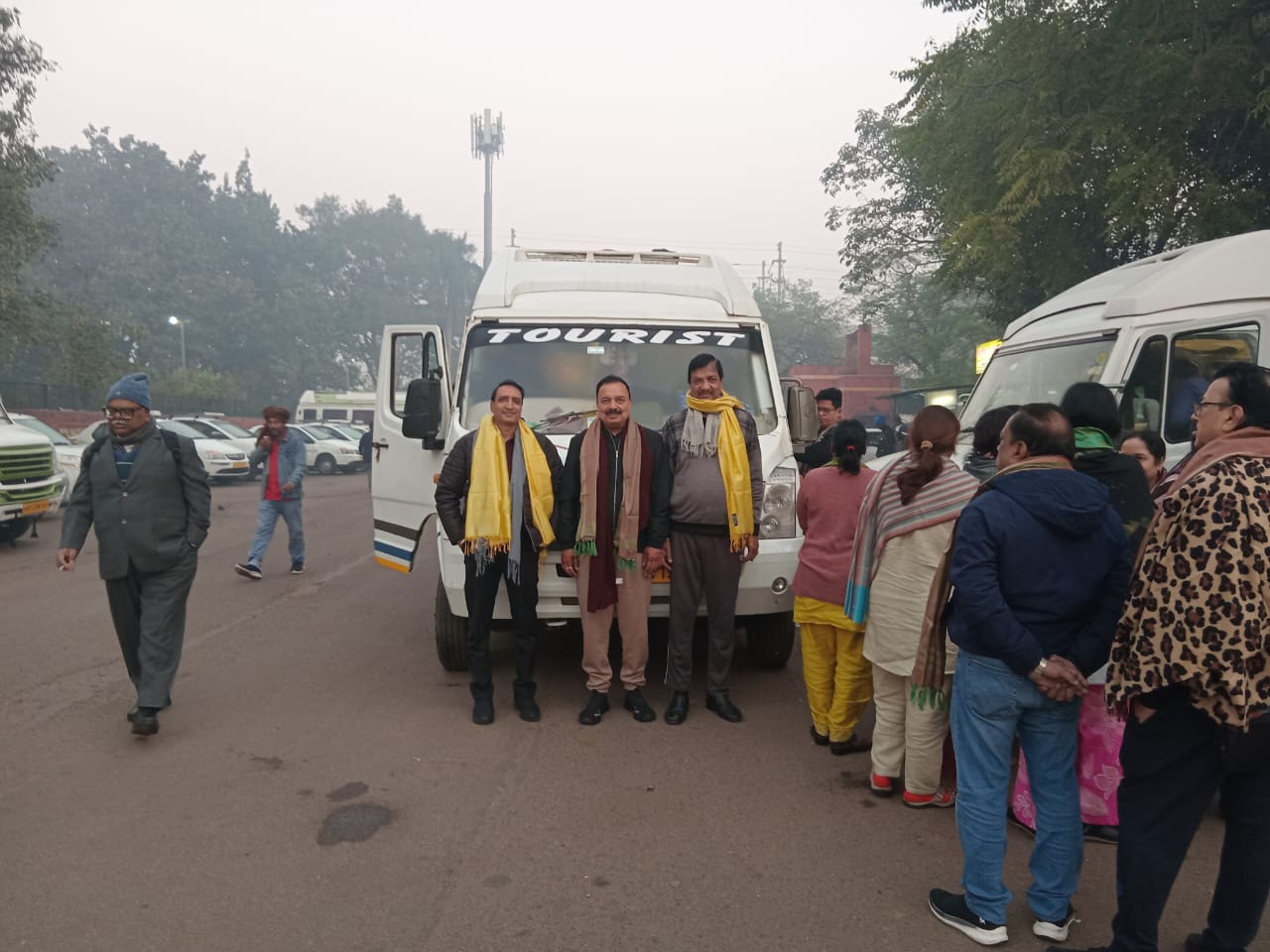Tempo Traveller Safety Features & Protocols (Varanasi 2025)
Safety is layered: vehicle readiness, driver conduct discipline, route pacing, passenger behavior alignment. This guide enumerates tangible checks—not vague assurances. These tempo traveller safety features varanasi benchmarks let planners audit vehicles before committing advances.
Philosophy: Pre-drive prevention > roadside improvisation.
1. Tempo Traveller Safety Feature Checklist (Varanasi)
| Item |
What to Look For |
Why It Matters |
| Tyres |
Even tread, no sidewall bubbles |
Reduces blowout risk |
| Brakes |
Recent service note / pedal firmness |
Stopping reliability |
| Seat Mounts |
No wobble / secure rails |
Crash stability |
| Belts (if installed) |
Functional clips, no fray |
Occupant restraint |
| Lighting |
Headlamps, indicators, brake lights functional |
Night / signaling safety |
| Fire Extinguisher |
Charged, accessible |
Initial incident response |
| Emergency Exit (if variant) |
Unobstructed |
Evacuation pathway |
| AC / Ventilation |
Even airflow |
Prevents drowsiness |
2. Driver Qualification & Conduct
| Aspect |
Minimum Standard |
Red Flag |
| License |
Commercial badge valid |
Blurred photo / refusal |
| Rest Cycle |
7–8 hrs prior night |
Admits <5 hrs sleep |
| Substance Policy |
Zero tolerance |
Smell alcohol / gutka heavy use |
| Communication |
Calm, acknowledges itinerary |
Aggressive / dismissive |
| Phone Usage |
Hands-free minimal |
Handheld scrolling while moving |
3. Fatigue Management
- Segment drives into 120–150 minute blocks.
- Rotate hydration / snack pass duty among passengers.
- Avoid heavy post-lunch immediate long pushes—brief stretch first.
4. Night & Dusk Policy
| Scenario |
Policy |
| Planned Circuit |
Aim arrivals pre‑sunset |
| Unavoidable Delay |
Allow dusk entry only (not deep night) |
| Continuous Night Highway |
Avoid—reschedule rest halt |
5. In‑Cabin Protocols
- Keep aisle clear (no loose luggage mid-lane).
- Cushion / mat stack strapped or rear-compartment placed.
- No open liquid containers near electrical outlets.
- Maintain moderate noise near driver to reduce distraction.
6. Emergency Preparedness
| Item |
Action |
| First-Aid Kit |
Verify contents (bandages, antiseptic, ORS) |
| Fire Extinguisher |
Check gauge (green zone) |
| Breakdown Plan |
Have backup contact number |
| Location Sharing |
Enable live location for contact person |
7. Senior Passenger Comfort & Safety
- Seat seniors closer to front (reduced sway).
- Provide small lumbar cushions (avoid thick shifting pillows).
- Encourage micro-walk at every stop to mitigate stiffness.
8. Weather & Seasonal Adjustments
| Season |
Adjustment |
| Summer |
Earlier departures, AC check, increased electrolyte |
| Monsoon |
Tyre + wiper inspection, reduced speed on slick patches |
| Winter |
Pre-dawn fog caution, defog ventilation check |
9. Booking Stage Safety Questions
Ask before confirming:
- Date of last full service?
- Tyre set age (manufacture week/year)?
- Backup driver availability for >7D circuits?
- Insurance validity (third-party + passenger liability)?
10. Quick Pre-Departure 5-Minute Audit
| Step |
Check |
| 1 |
Odometer + fuel photo |
| 2 |
Tyre visual scan |
| 3 |
Lights blink test |
| 4 |
Fire extinguisher presence |
| 5 |
Ventilation airflow |
11. Incident Response Basics
| Event |
Immediate Action |
| Minor Injury |
First-aid + document |
| Mechanical Warning Light |
Safely pull over, contact dispatch |
| Tyre Issue |
Controlled stop, reflective triangle placement |
| Driver Fatigue Signs |
Enforce rest / swap if possible |
Visual Safety Gallery (Symbolic Aids)
| Exterior Inspection |
Tyre / Side Profile |
Interior Lighting Check |
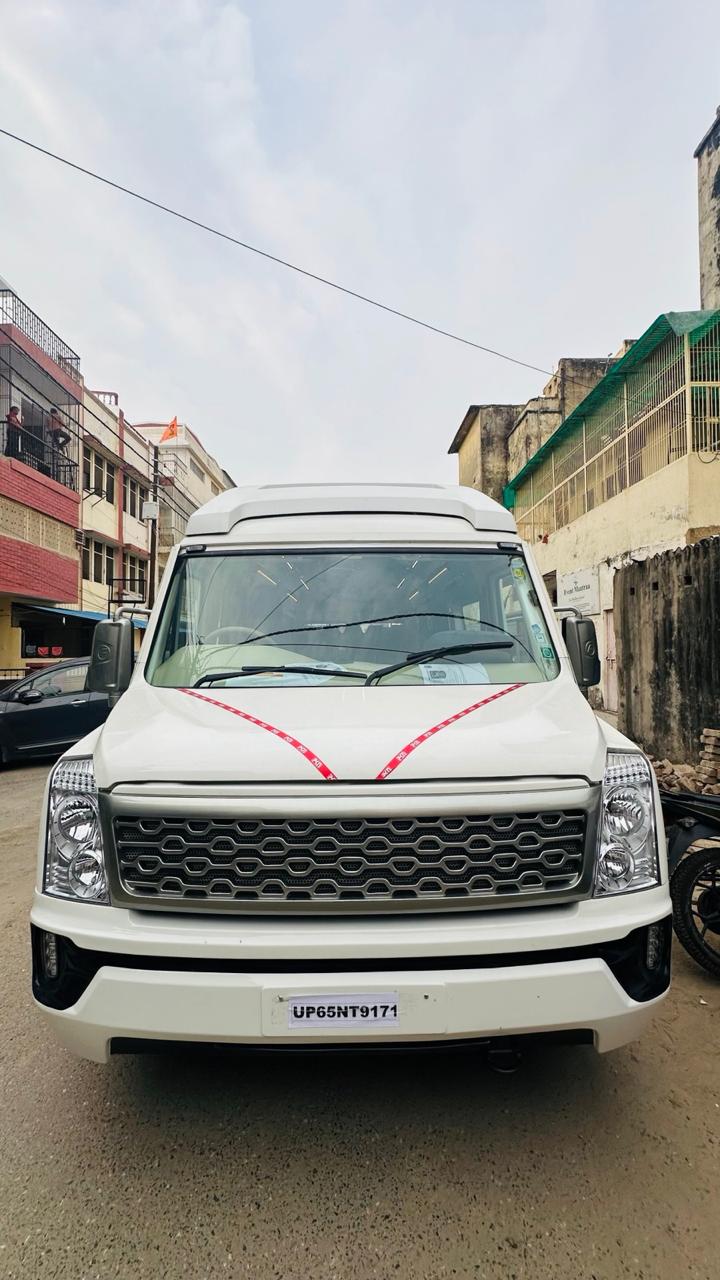 |
 |
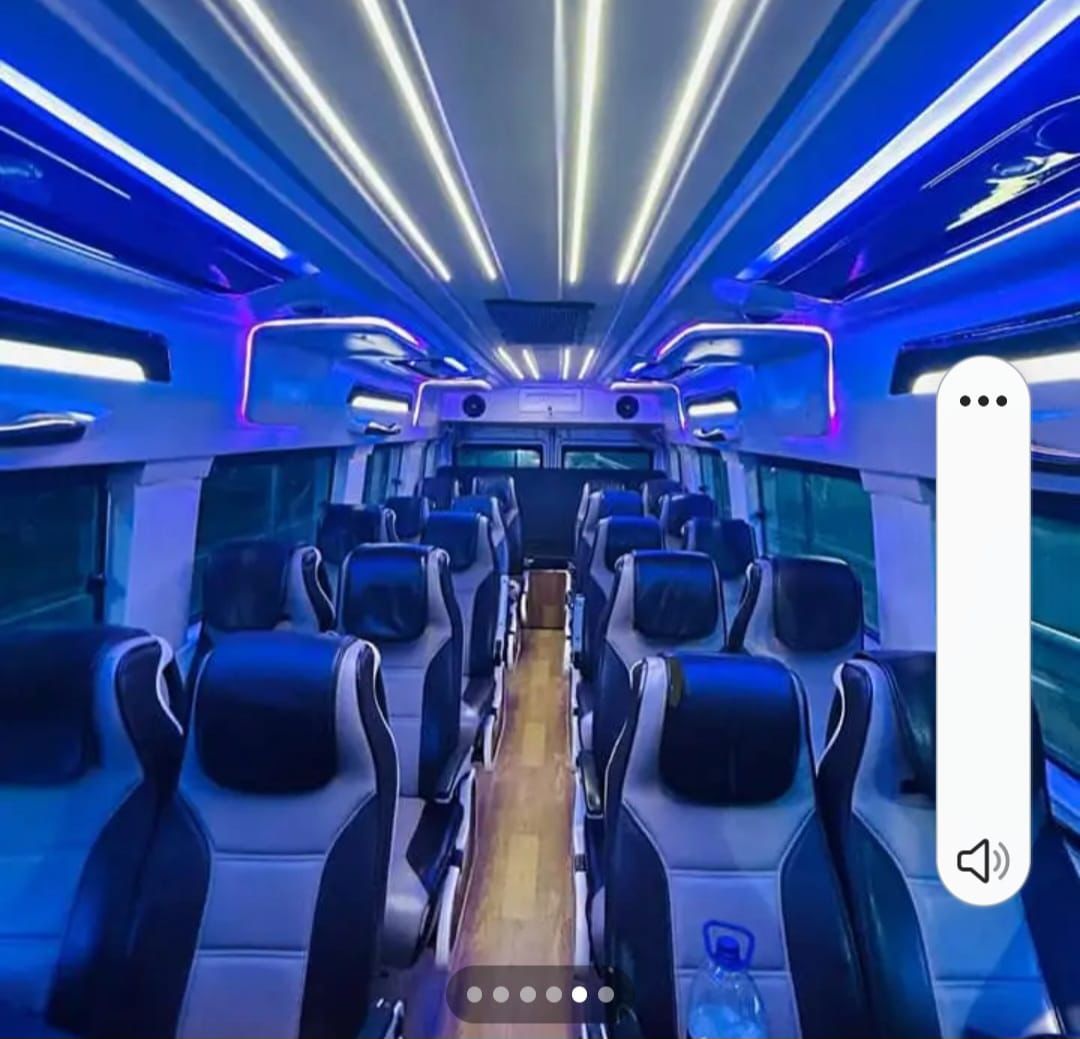 |
| Seat Integrity |
Rear Access Clearance |
Multiple Fleet Allocation |
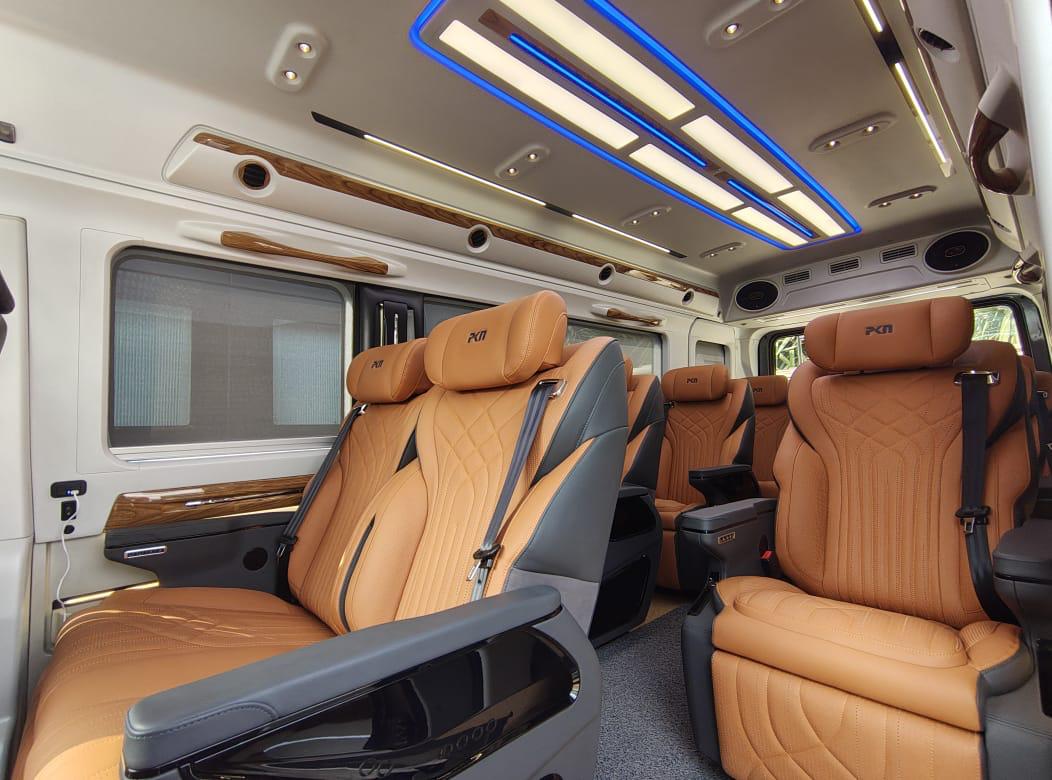 |
 |
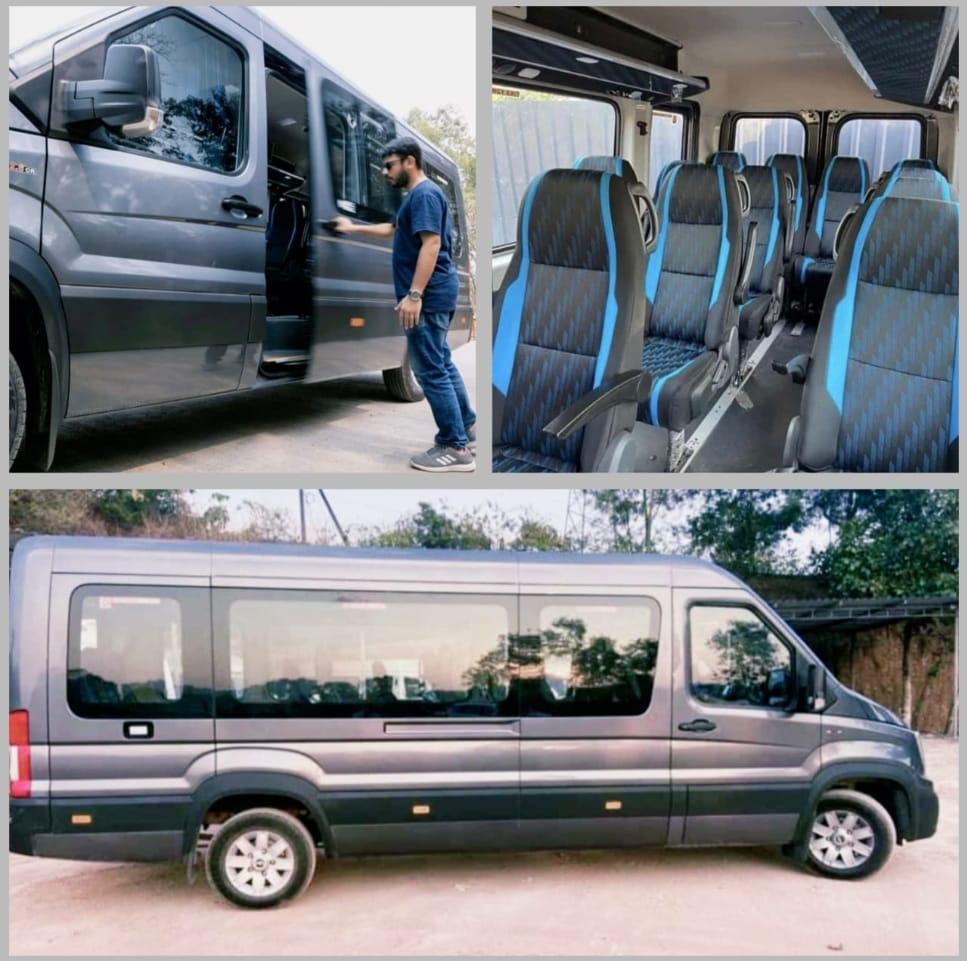 |
Replace symbolic frames with real inspection shots for higher E‑E‑A‑T once photography captured.
12. FAQs – Safety
(See faqSchema list.)
Related
Build a culture of proactive checks—90% of avoidable issues show early hints.






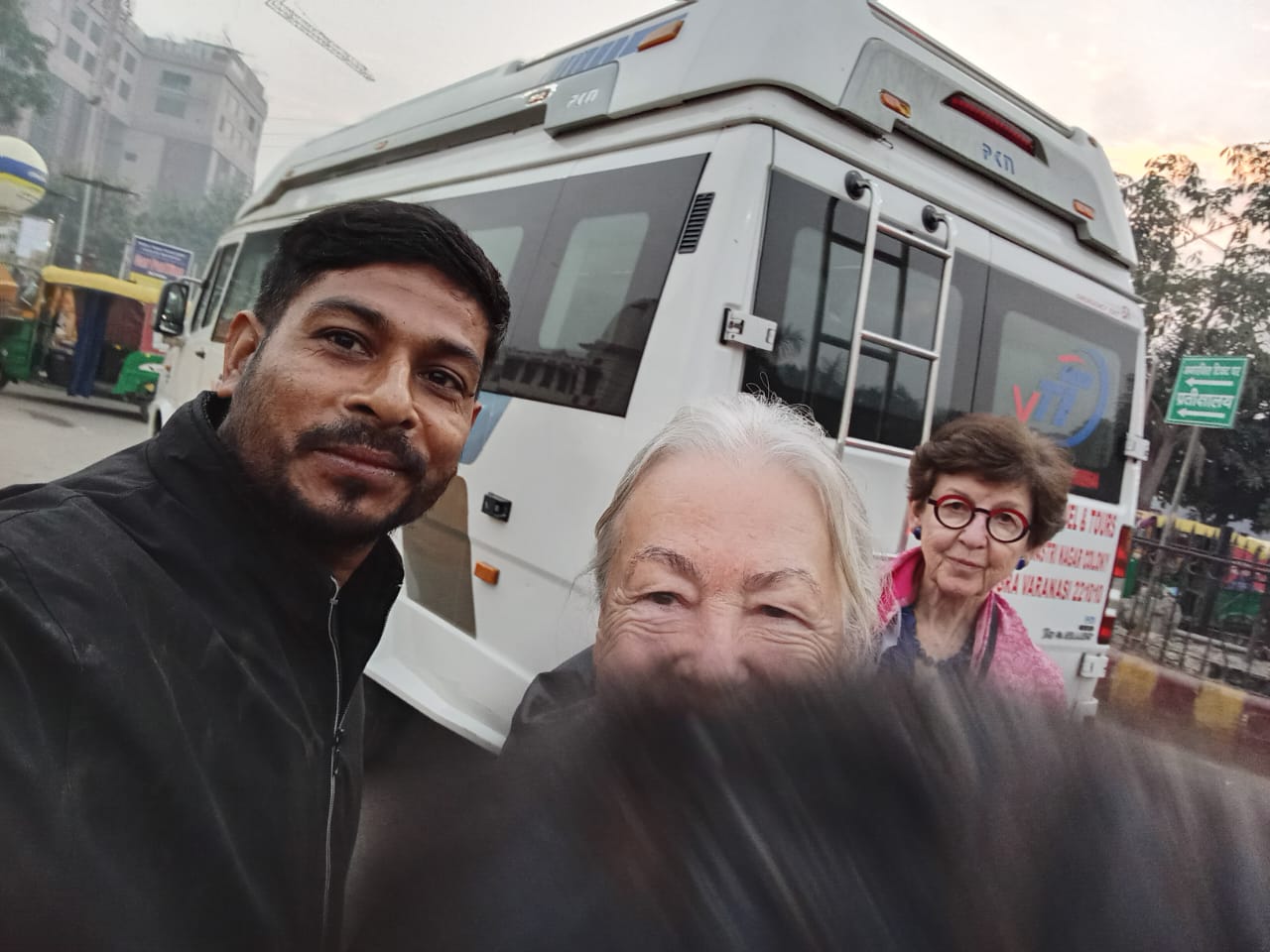
![Tempo Traveller Varanasi: Rates & Booking [2025]](/images/Tempo-Travellar_landscape_Village.jpeg)
